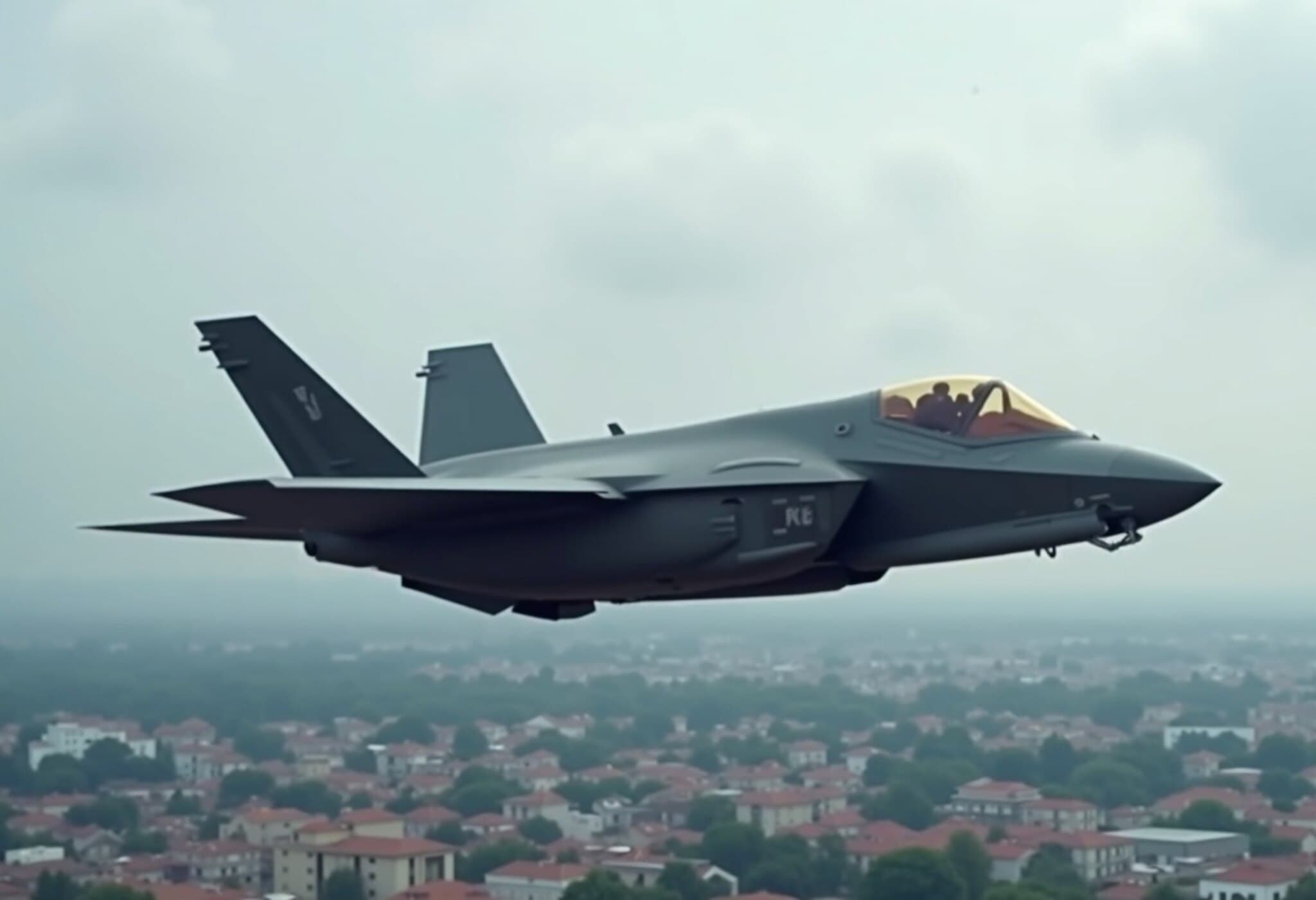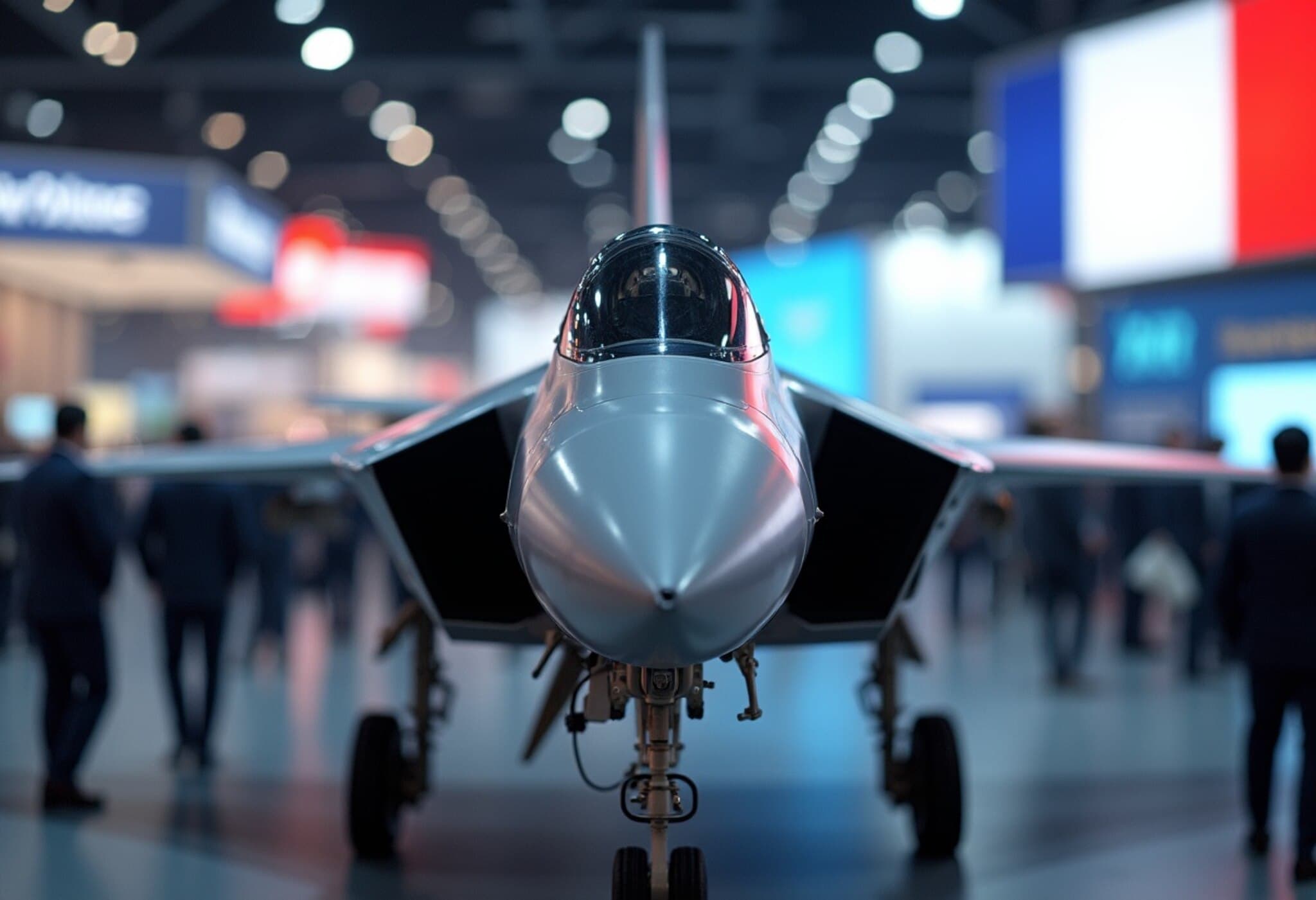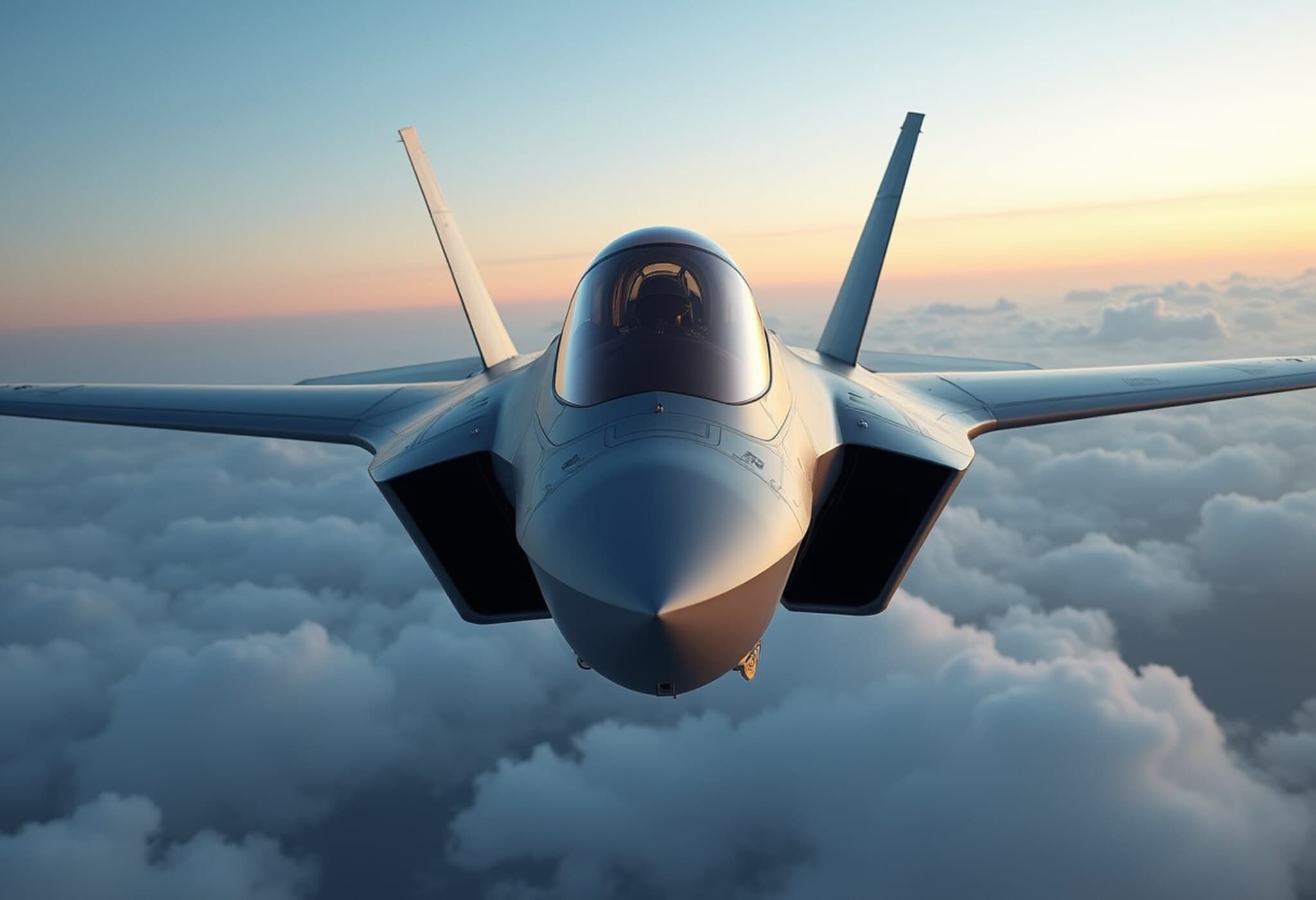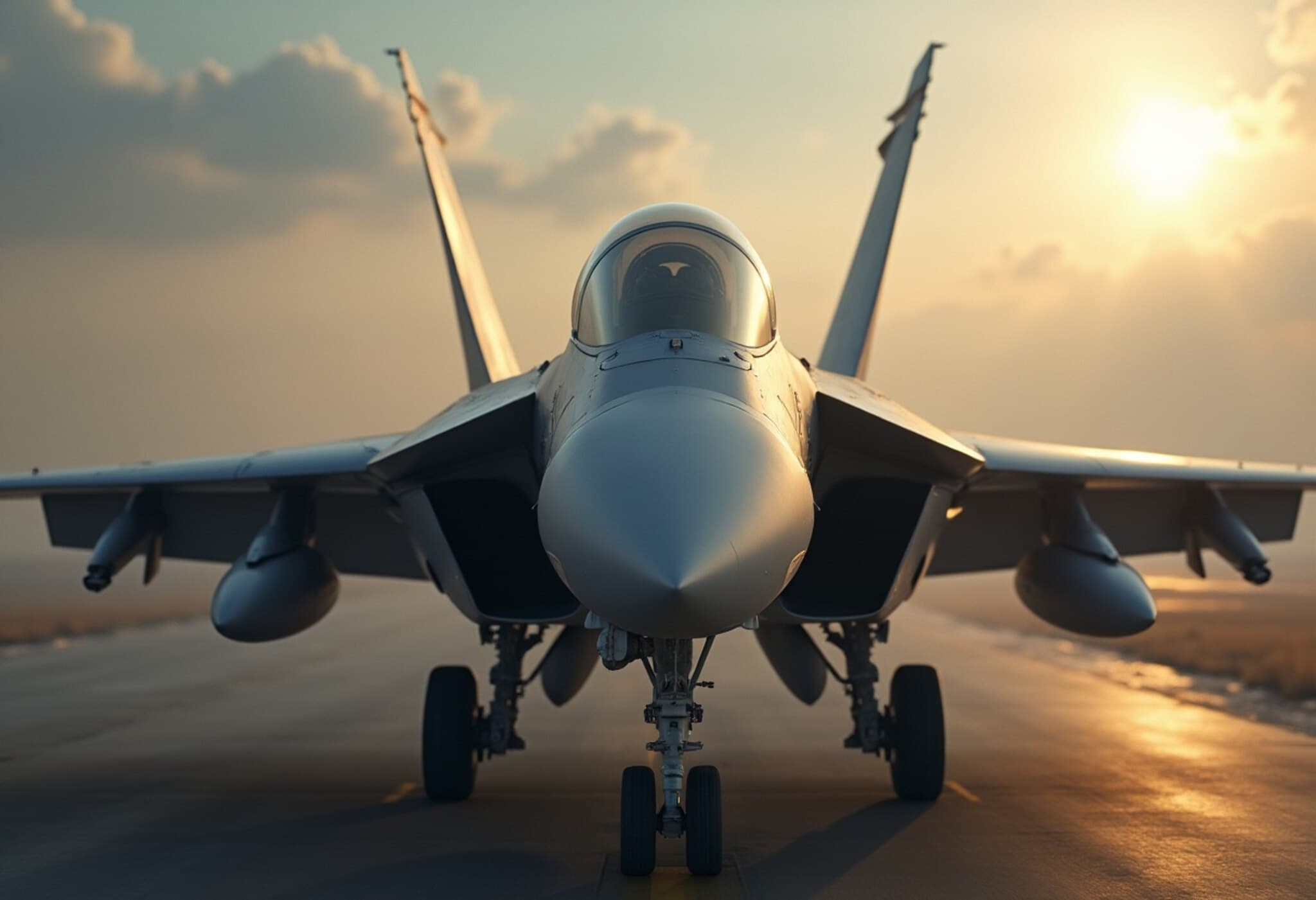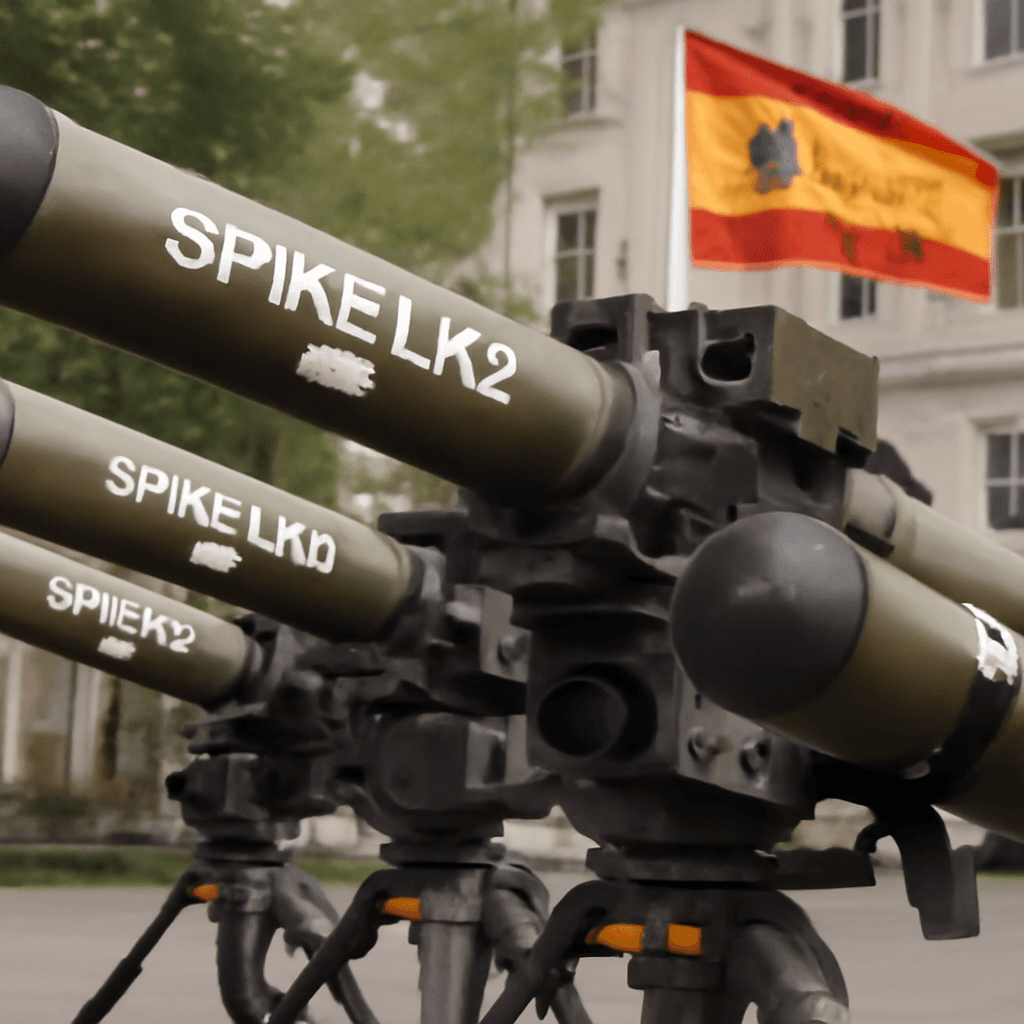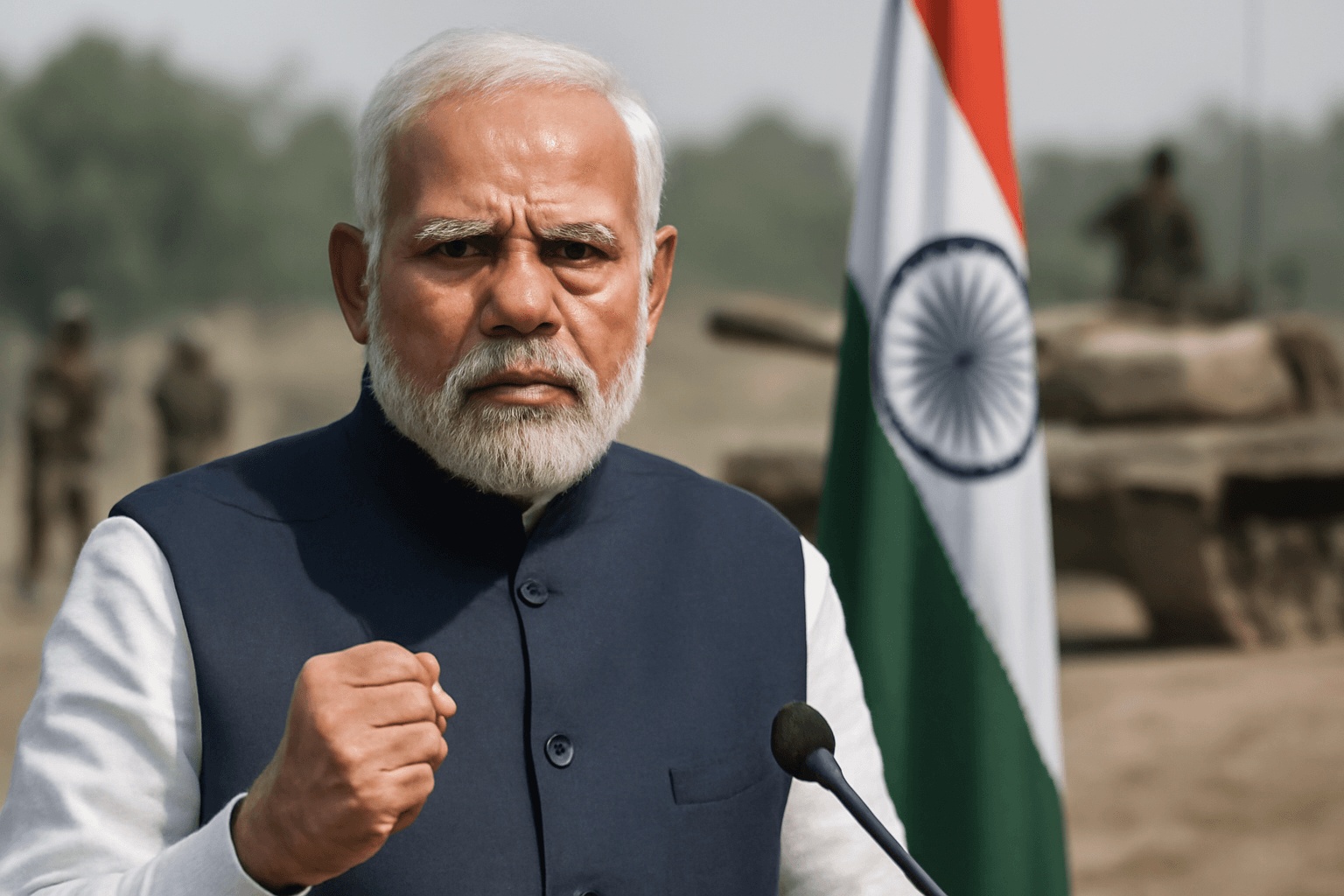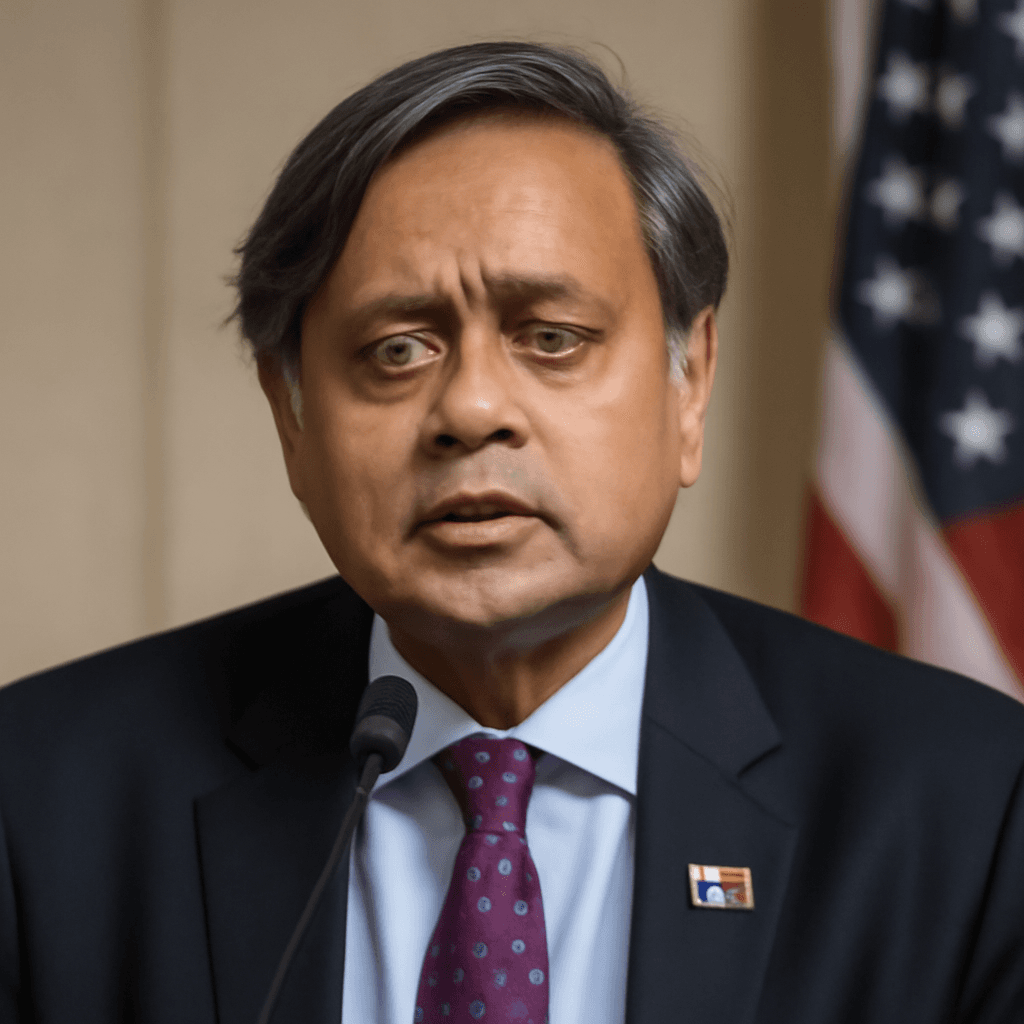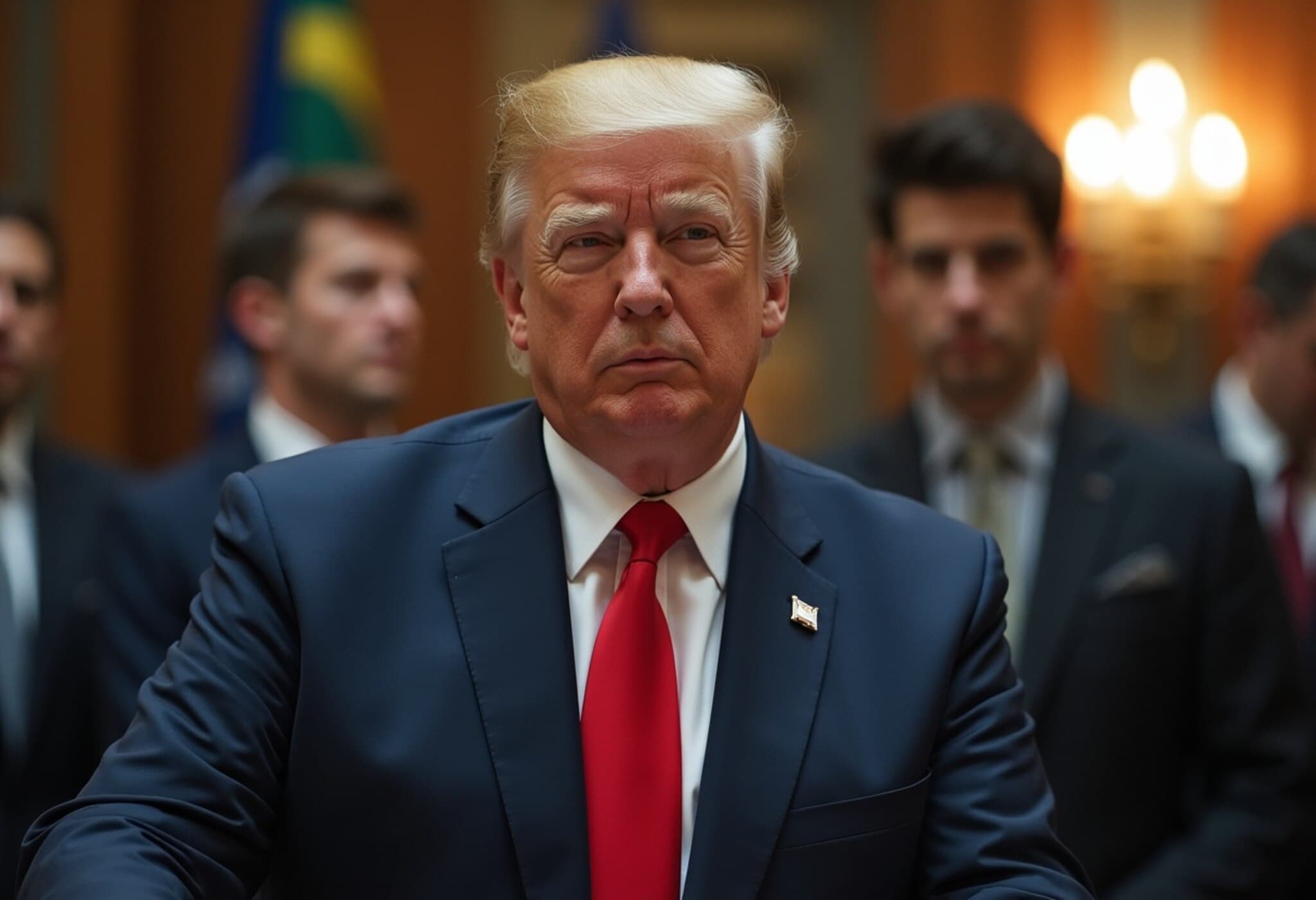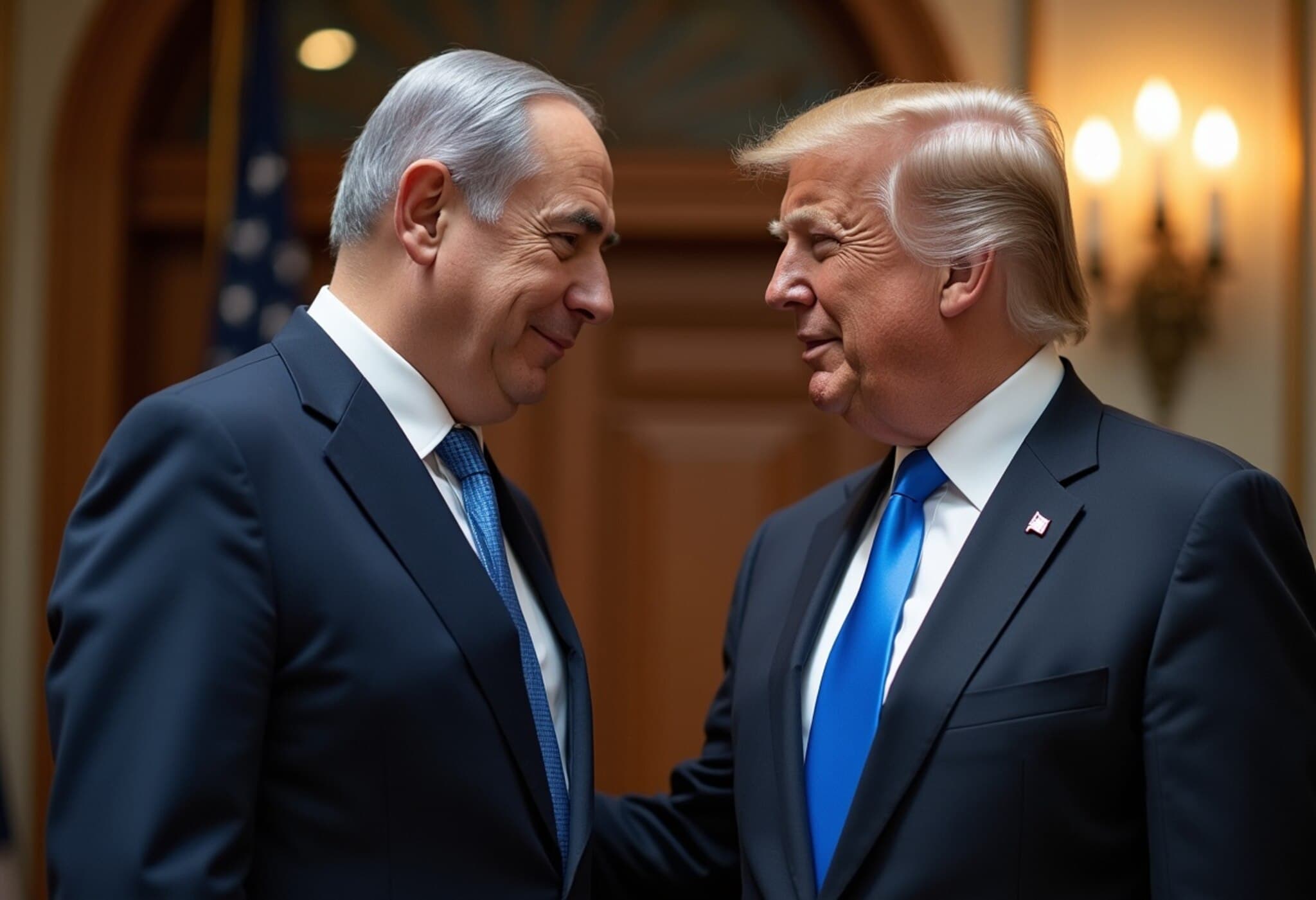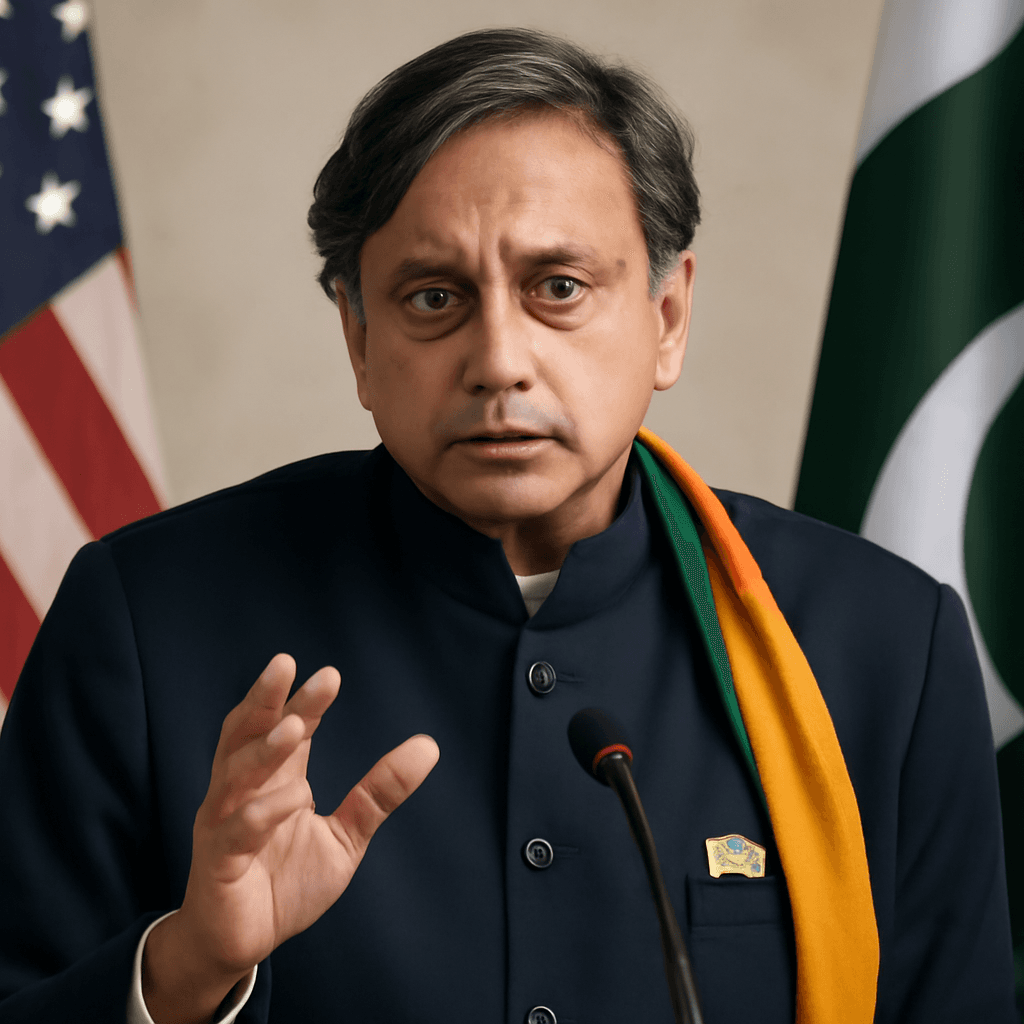F-35 Fighter Jets: What They Are and Why Trump's Offer Matters
Earlier this year, US President Donald Trump extended an unexpected offer to India, proposing to include the country among a select group authorized to purchase the advanced F-35 fighter jets. This marks a significant development, as India was not previously cleared to acquire these cutting-edge aircraft.
What Are F-35 Fighter Jets?
The F-35 Lightning II is a fifth-generation stealth multirole fighter designed and developed by Lockheed Martin. Known for its versatility, it excels in air superiority, strike missions, electronic warfare, and intelligence gathering — all wrapped into a single-seat, single-engine platform.
There are three main variants tailored to different operational needs:
- F-35A: Conventional takeoff and landing (CTOL) version.
- F-35B: Short takeoff and vertical landing (STOVL) variant, capable of operating from carriers and smaller airfields.
- F-35C: Carrier-based variant designed for catapult-assisted launches and arrested recovery on aircraft carriers.
The recent emergency landing at Thiruvananthapuram, Kerala, involved an F-35B from the HMS Prince of Wales Carrier Strike Group. This variant's ability to perform vertical landings was a crucial factor when the pilot diverted due to fuel constraints and challenging weather conditions at sea.
Technological Highlights That Set F-35 Apart
The F-35 stands out for a suite of advanced features:
- Stealth capabilities: The aircraft is designed to evade radar detection, enhancing survivability.
- Sensor fusion: Combines inputs from radar, infrared systems, and external sources to give pilots a comprehensive battlefield picture.
- Helmet-mounted display: Pilots can ‘see through’ the airframe and lock onto targets just by looking at them.
- Network connectivity: Acts as a real-time airborne node, sharing information with land, sea, and air forces.
- Beyond Visual Range (BVR) weaponry: Enables engagement of targets well before they come into visual range.
The Emergency Landing Incident in India
On a recent maritime mission over the Arabian Sea, a British pilot flying an F-35B faced fuel limitations and unsafe carrier landing conditions caused by weather. Opting for safety, the pilot diverted to Thiruvananthapuram International Airport — the nearest suitable runway.
The Indian Air Force promptly provided full support and coordination to ensure the aircraft’s safe landing, with no mechanical failures reported. This event brought renewed focus on the operational reach of the F-35 across allied navies and air forces.
Trump's Proposal: Why Is It Significant for India?
During a summit earlier this year, President Trump announced plans to initiate discussions on selling F-35 jets to India — a move applauded for enhancing India’s military capabilities. He stated, "We're paving the way to ultimately provide India with the F-35 stealth fighters... increased military sales to India by many billions of dollars."
If finalized, this deal could dramatically upgrade India’s air combat technology, enabling greater interoperability with allies already using F-35s, including the US and UK.
Where Does the F-35 Fly Today?
Currently, over a dozen countries operate the F-35, such as the United States, United Kingdom, Israel, Japan, and Australia. Israel, notably, has actively deployed them in conflict zones. There have been claims from Iran about shooting down an F-35, though no independent confirmation exists.
As of now, no formal agreement has been signed between India and the US regarding F-35 procurement, but the door is open for future negotiations.
Looking Ahead
The inclusion of India among potential F-35 operators could reshape strategic balances in the Indo-Pacific region, given the jet’s advanced capabilities. Moreover, incidents like the recent emergency landing highlight the increasing operational footprint and versatility of this state-of-the-art aircraft.

